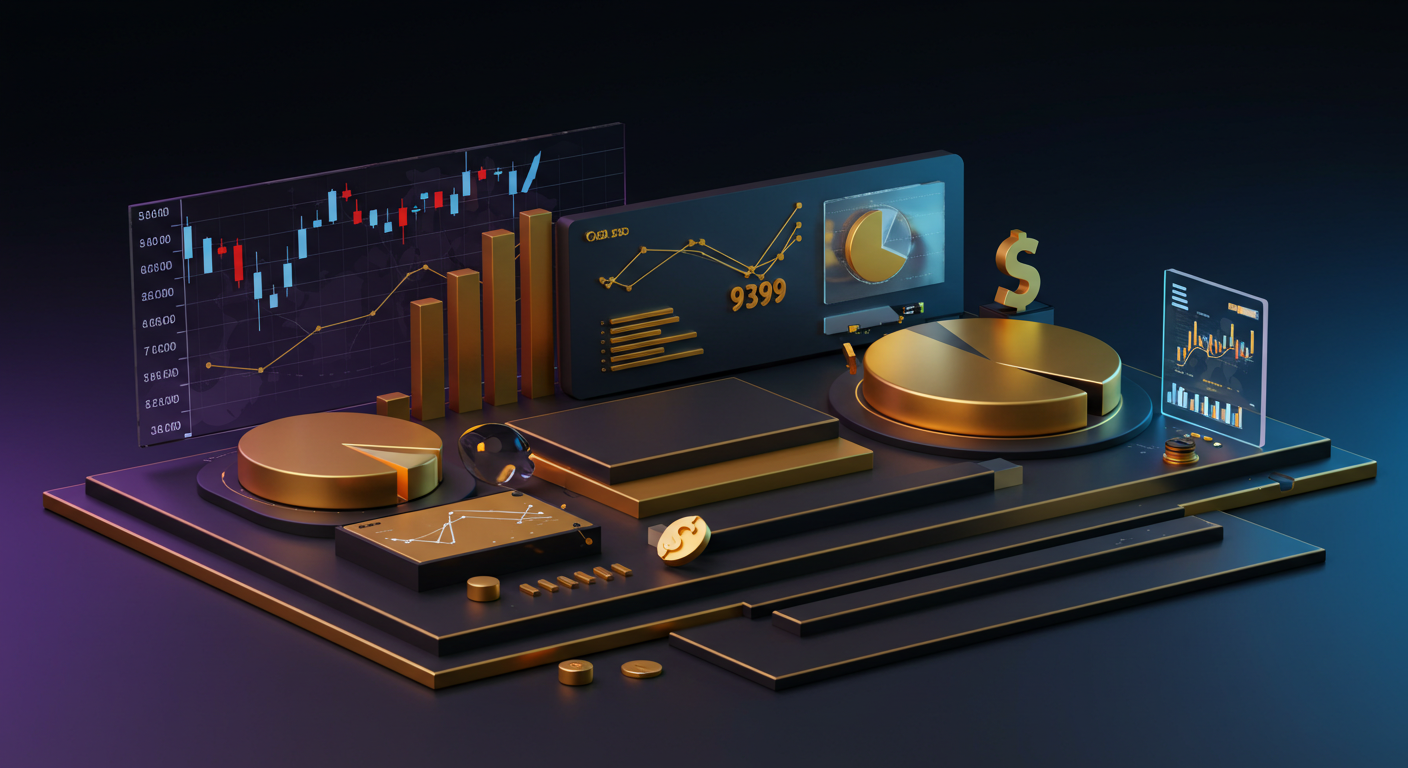
Gold prices in Saudi Arabia increased on Monday. The price per gram climbed to 395.99 Saudi Riyals (SAR) from 394.63 SAR on Friday. The price per tola increased to 4,618.71 SAR, compared to 4,602.91 SAR at the end of the previous week.
Gold is often used as a safe-haven asset and a hedge against inflation. Central banks are major holders, with 1,136 tonnes added to reserves in 2022, marking the largest annual purchase on record. Central banks in emerging economies like China, India, and Turkey are expanding their reserves.
Gold’s Price Dynamics
Gold’s price is inversely related to the US Dollar and US Treasuries, which are leading reserve assets. A weaker Dollar often increases Gold prices, while a rally in risk assets like stocks can lower Gold prices. Geopolitical instability or economic recession fears can also push prices up.
Interest rates impact Gold, with lower rates generally supporting a price increase. However, movements largely depend on the US Dollar’s strength. As Gold is priced in dollars, a strong Dollar typically limits price rises, while a weak Dollar boosts them.
The recent uptick in gold prices in Saudi Arabia, with the per gram value rising from 394.63 SAR to 395.99 SAR, mirrors a pattern that has been unfolding globally. The per tola figure followed suit, suggesting that local market dynamics remain closely tied to broader, external price movements.
What this means in real terms is that we’re likely seeing the effect of a handful of converging forces, many of which relate directly to macroeconomic sentiment rather than regional shifts. As gold tends to serve as a buffer during periods of volatility or uncertainty, even small price advances may reflect growing caution within financial markets.
Central Banks and Gold Reserves
A major factor behind gold’s movement is still the strength—or lack thereof—of the US Dollar. Since gold is priced in dollars, the direction of the currency matters immensely. When the dollar softens, it takes fewer of them to buy the same ounce of metal, lifting the price. It’s not always immediate, but when the greenback falters, gold tends to gain. We’ve observed cases where this reaction plays out more strongly in non-dollar regions, particularly those with strong commodity trade relationships or where domestic currencies peg directly or partially to the dollar.
Looking at the activity of central banks, the recent history of aggressive gold accumulation by the likes of China, Turkey, and India indicates a deliberate move away from dollar-denominated assets. That approximately 1,136 tonnes were added to reserves globally in 2022 pushes this point further. It’s an approach that’s more about risk positioning than chasing returns. In effect, it reflects hesitation about over-reliance on a single currency system, particularly amid shifting global trade alignments.
This general sentiment tends to support the metal’s price, especially if these purchasers continue to quietly build their reserves over time. For us, that communicates stability on one level—steady demand from institutional players—but also motivates more attention toward the factors driving individual or short-term shifts.
Gold’s inverse relationship with risk assets continues to deserve attention. Stocks rallying can often drag on metals, as capital flows towards higher-yielding or growth-focused assets. But when equities turn choppy, that capital has often found its way back into commodities like gold. We are not in a vacuum. The equity side of things influences metals far more regularly than some like to admit, especially in shorter timeframes.
Interest rates matter as well, though not in a binary fashion. While it’s easy to assume that lower yields always lift metals, the reality is more conditional. It’s the real yield—adjusted for inflation—that tends to create more reliable signals. And right now, as central banks globally reassess their path forward, even small changes in guidance can have outsized impacts on intraday pricing.
Given this, for those watching the derivatives associated with gold, there’s a clear need to stay nimble. Any further softening of the dollar, or a stumble in global equities, could be the spark that drives short-term demand even higher. On the other hand, sharp reversals in treasury markets might abruptly cap that movement, especially if real yields increase again.
We’ve seen this type of tug-of-war affect not just spot prices but various futures spreads and options pricing corridors. Strategies that lean on mean reversion may struggle if volatility expands too quickly, and possibly underperform if central banks again intervene unpredictably. It’s not about predicting every move, but positioning with enough flexibility to respond when either inflation expectations or FX pressures grow dominant.
As always, watching not only metal-specific indicators but broader monetary policy trends proves essential. Reactions may be delayed, but they often arrive suddenly. Clarity tends to follow, not precede, these shifts. Like gold itself, current trading stances should favour resilience and longer-term conviction, especially while headlines remain sensitive to geopolitical and economic strain.







